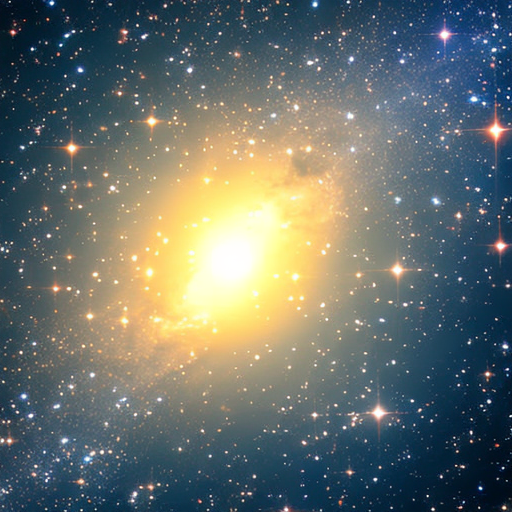Summary:
Supernovae are powerful and explosive events that occur at the end of a star’s life cycle. They release an immense amount of energy and can outshine entire galaxies. There are two main types of supernovae: Type I and Type II. Type I supernovae occur in binary star systems, where one star steals matter from its companion until it reaches a critical mass and explodes. Type II supernovae occur when a massive star runs out of fuel and collapses under its own gravity, resulting in a massive explosion. Supernovae play a crucial role in the formation of heavy elements and the dispersal of these elements into space, which eventually leads to the formation of new stars and planets.
Types of Supernovae:
There are two main types of supernovae: Type I and Type II. Type I supernovae are further divided into subcategories: Type Ia and Type Ib/c. Type Ia supernovae occur in binary star systems where a white dwarf star accretes matter from its companion until it reaches a critical mass, triggering a runaway nuclear fusion reaction that results in a thermonuclear explosion. Type Ib/c supernovae occur when a massive star loses its outer envelope of hydrogen and helium, leaving behind a core composed mostly of helium and heavier elements. This core collapses under its own gravity and explodes.
Type II supernovae occur when a massive star, typically more than eight times the mass of the Sun, exhausts its nuclear fuel and can no longer sustain nuclear reactions in its core. Without the outward pressure from nuclear reactions, the star’s core collapses under its own gravity. The collapse generates a shockwave that rebounds off the core, causing the outer layers of the star to explode in a supernova event. Type II supernovae are responsible for the formation and dispersal of heavy elements, such as iron, into space.
Formation of Heavy Elements:
Supernovae are crucial for the formation of heavy elements in the universe. During the explosion, the intense heat and pressure inside the star’s core cause nuclear fusion reactions to occur, creating elements heavier than iron. These heavy elements are then dispersed into space, enriching the surrounding interstellar medium. Over time, this enriched material becomes part of new star-forming regions, leading to the formation of new stars and planets with a higher abundance of heavy elements.
Observation and Impact:
Supernovae are observed through various methods, including optical telescopes, radio telescopes, and space-based observatories. Astronomers study supernovae to understand the physics of stellar evolution, the formation of heavy elements, and the dynamics of galaxy formation. Supernovae also serve as important distance indicators in cosmology, allowing scientists to measure the expansion rate of the universe.
Supernovae have a significant impact on their surrounding environments. The explosion releases an enormous amount of energy, equivalent to the energy emitted by the Sun over its entire lifetime. The shockwave generated by the explosion can trigger the formation of new stars and disrupt nearby star-forming regions. The ejected material from supernovae, including heavy elements, mixes with the interstellar medium, providing the building blocks for future generations of stars and planets.
Conclusion:
Supernovae are powerful cosmic events that mark the explosive end of a star’s life. They come in different types, including Type I and Type II, each with its own unique characteristics. Supernovae play a crucial role in the formation of heavy elements and the enrichment of the interstellar medium, leading to the creation of new stars and planets. Observing and studying supernovae provide valuable insights into the nature of the universe and its evolution.












